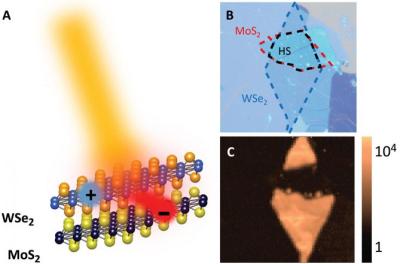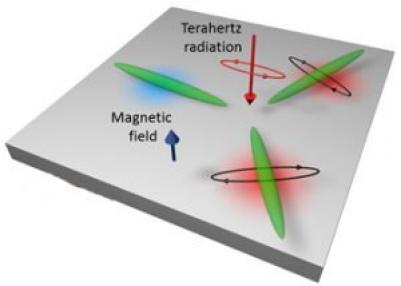NRL researchers demonstrate how one can control the degree of valley polarization in monolayer TMDs
Researchers from the US NRL laboratory have experimentally shown why different TMDs feature different degree of valley polarization. Specifically the researchers uncovered the connection between photoluminescence (PL) intensity and the degree of valley polarization.

The researchers used monolayer TMDs (transition metal dichalcogenides), mainly WS2 and WSe2. Samples that exhibited low PL intensity exhibited a higher degree of valley polarization. This means that if one controls the defects and nonradiative recombination sites in a monolayer TMD than once could create a material with a high or low degree of valley polarization.





